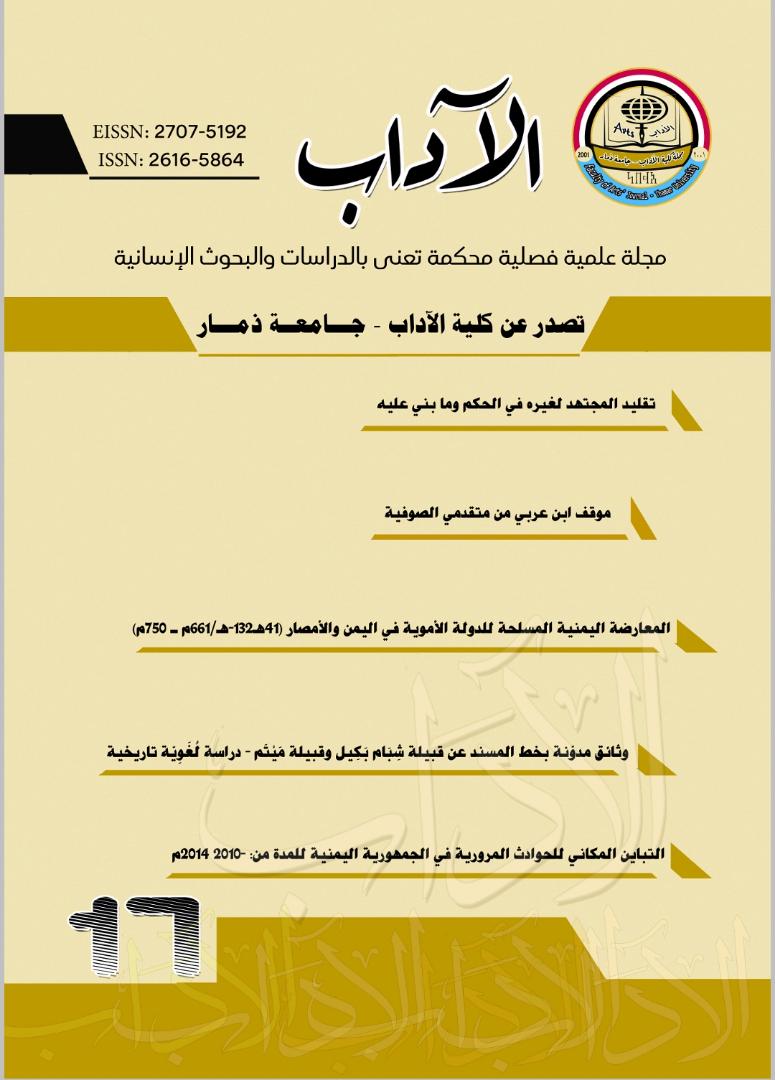Fasting is the hidden interfaith dialogue
DOI:
https://doi.org/10.35696/.v1i17.681Keywords:
Fasting, Islam, Christianity, Judaism, HealthAbstract
The study addresses the rite of fasting and its types that existed in ancient civilizations. Researcher scholars and doctors of different backgrounds from different monotheistic religions recommend it for its wide array of benefits. The research significance lies in the fact that it varies according to different religions, societies and cultures around the world, and it deals with religious fasting for spiritual purposes, which is known to most religions. This includes Muslims fasting in the month of Ramadan, the three main fasting periods of Greek Orthodox Christianity (birth, fasting, and the assumption), and the Jews’ fasting. This study investigates the concept of fasting, its goals and its importance in different religions, despite their agreement on the principle. The study shows how the relationship between religions is measured regarding the concept of fasting and answers many questions through its merits, showing how the religion of Islam is an all-inclusive monotheistic religion. Moreover, it highlights the importance of fasting for all religions, the physical and spiritual health benefits of fasting for human beings, and the various way of performing fasting among religions.The research followed a desk survey methodology and data on the subject of fasting and its new methods are collected from internet and online references. The research reached a number of findings the most important of which are the following. The most important reason behind fasting in Judaism, Christianity and Islam is to show devotion and obedience to Allah, seeking closeness to Him and a quest for atonement of sins and mistakes. Meanwhile, some other religions perceive fasting as an act of soul and body purification.Downloads
Downloads
Published
How to Cite
Issue
Section
License
Copyright (c) 2021 إفتهان عبد الفتاح أنعم الزبيري (مؤلف)

This work is licensed under a Creative Commons Attribution 4.0 International License.
Copyright and Licensing
For all articles published in journal, copyright is retained by the authors. Articles are licensed under an open access Creative Commons CC BY 4.0 license, meaning that anyone may download and read the paper for free. In addition, the article may be reused and quoted provided that the original published version is cited. These conditions allow for maximum use and exposure of the work.



